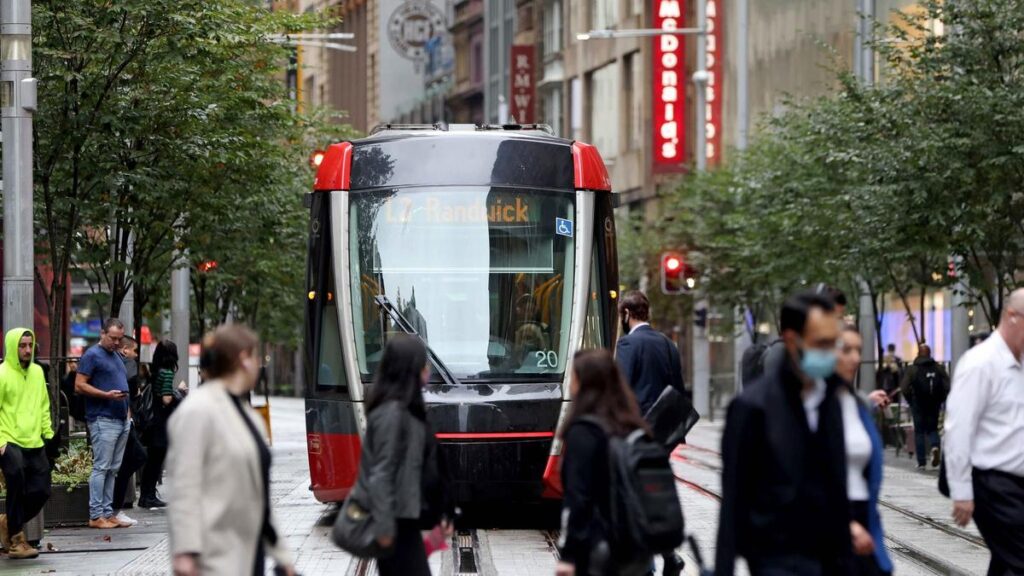
UPDATE: Australia’s unemployment rate has surged to 4.3%, marking the highest level since the post-pandemic recovery. This alarming development signals potential threats for white collar workers as experts warn the current job slowdown is “more complicated” than previous downturns.
The Australian Bureau of Statistics (ABS) released data showing widespread spikes in unemployment across New South Wales, Queensland, Western Australia, and the Northern Territory. While blue collar workers have faced the brunt of job losses thus far, major technological shifts are expected to soon impact white collar positions.
In Sydney’s western suburbs, particularly in the Parramatta district, the unemployment rate has reached 5.7%. In stark contrast, Sutherland in Sydney’s south reported a much lower rate of 2.3%. Meanwhile, areas like Melbourne’s Inner East and South experienced a slight 0.2% increase in unemployment, while Geelong has seen its labor market strengthen.
“This time could be a little different,” said Shane Oliver, chief economist at AMP, highlighting that as public sector roles decline and AI technology becomes more prevalent, white collar jobs may be increasingly at risk.
Latest insights from Seek reveal a diminishing demand for white collar professionals. The construction sector is the only area showing a rise in job advertisements, while other professional services, including markets, communications, and accounting, have seen limited growth.
Additionally, positions in information and communications technology have plummeted, with job ads decreasing by 3.5% in June and 10.5% year-over-year. Overall, advertised positions in this sector have now fallen below pre-COVID levels.
Blair Chapman, senior economist at Seek, noted a 5.5% decline in job advertisements, alongside a significant rise in the number of Australians actively seeking work. “Applications per job ad have never been higher, surpassing the peak in 2020 when job ads were at their lowest,” Chapman stated.
This surge in applications is driven by an expanding candidate pool, rather than individuals applying for multiple roles. More Australians are taking on second jobs or re-entering the workforce, likely in response to rising living costs.
The immediate future looks challenging for many as competition intensifies for available roles. With AI integration in workplaces becoming commonplace, the job landscape is shifting dramatically, and white collar workers should prepare for what could be a turbulent year ahead.
As the situation develops, job seekers and current employees must stay informed about these changes and their potential impact on career stability. The urgency of adapting to new job market realities has never been more pressing.






